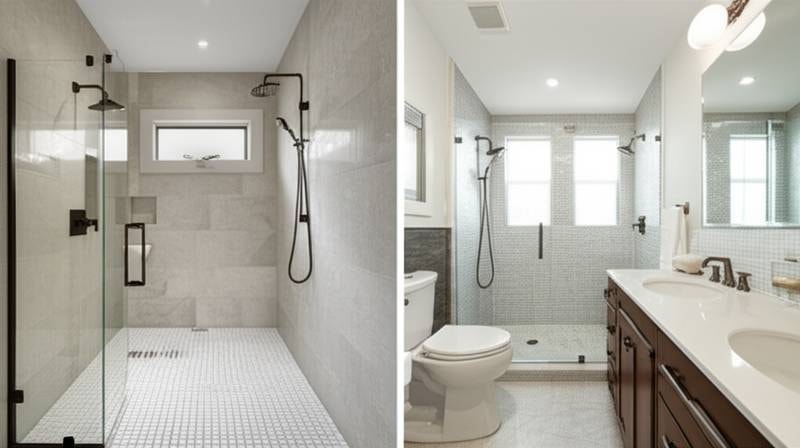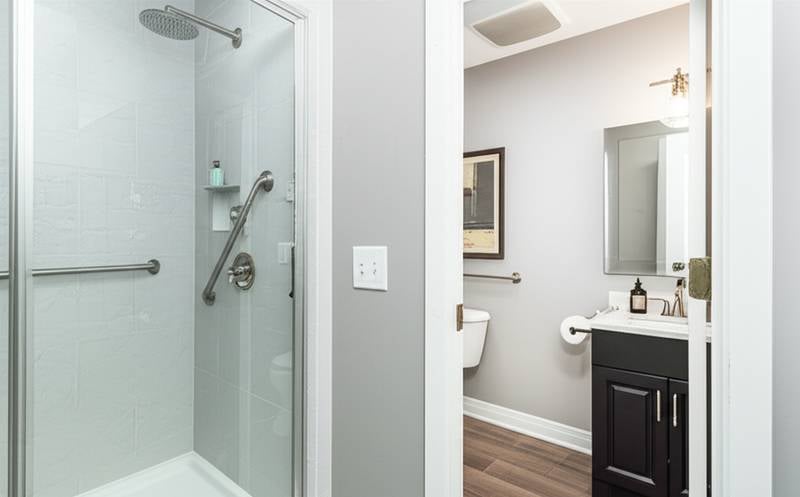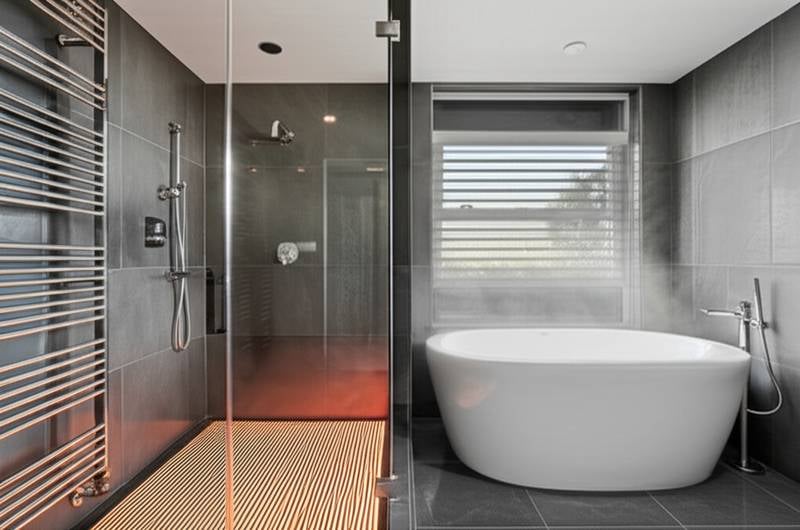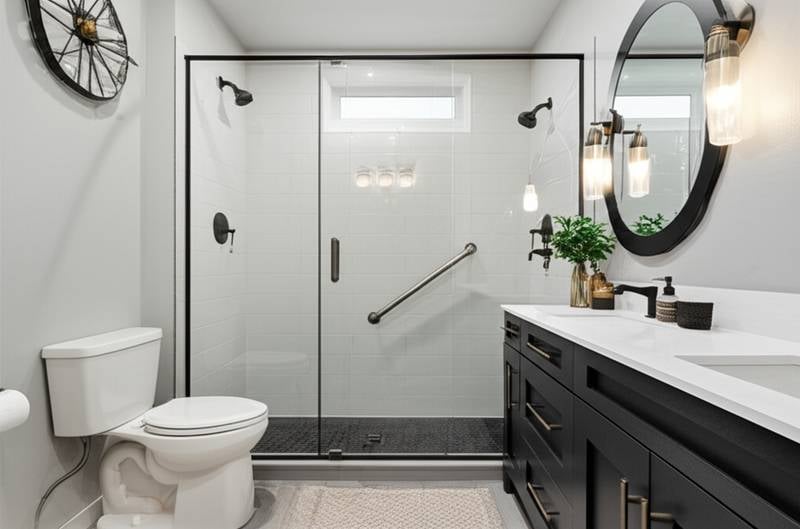Wet Room vs Traditional: Which Bathroom Layout Fits Your Space
Bathroom renovations represent a significant investment in home comfort and value. Homeowners face a choice between innovative wet rooms and time-tested traditional layouts. This comparison examines design elements, spatial efficiency, maintenance demands, costs, and lifestyle alignment to guide your decision for a 2025 remodel.
Wet rooms feature an open, waterproof design where the shower area integrates seamlessly with the rest of the space. Traditional bathrooms maintain separate zones for bathing, with distinct shower or tub enclosures. Each approach offers unique benefits tailored to different needs and preferences.
Design and Aesthetics
Wet rooms emphasize minimalism and fluidity. Walls and floors receive full waterproofing treatments, often with large-format tiles or seamless resin coatings. This creates a spa-like atmosphere that enhances perceived spaciousness through uninterrupted lines and reflective surfaces.
Traditional bathrooms allow for varied aesthetics. Compartments enable the inclusion of bathtubs, vanities, and storage units in classic arrangements. Designers incorporate decorative elements such as framed mirrors, wood cabinetry, and patterned tiles to personalize the space.
Consider your style preferences during planning. A wet room suits contemporary tastes with its clean, barrier-free look. A traditional setup provides versatility for eclectic or vintage-inspired designs.
Space Utilization
Space constraints influence layout choices significantly. Wet rooms excel in compact areas by eliminating partitions, which maximizes floor space. Linear drains and wall-mounted fixtures contribute to an airy feel without sacrificing functionality.
Traditional bathrooms require more square footage for enclosures and separations. However, they accommodate multifunctional elements like combination shower-tub units. In larger rooms, this layout supports additional features such as double sinks or linen closets.
Evaluate your bathroom's dimensions early. Measure available area and account for plumbing access. Wet rooms transform tight spaces into efficient retreats, while traditional designs thrive in generous layouts.
Accessibility Considerations
Accessibility ranks high in modern renovations, especially for aging-in-place strategies. Wet rooms promote universal design principles with level-entry showers and grab bar integration. Non-slip flooring and adjustable showerheads enhance safety for all users.
Traditional bathrooms can incorporate accessibility through modifications like walk-in tubs or reinforced walls for support rails. Yet, curbs and doors may pose challenges for mobility-impaired individuals.
Prioritize features that support long-term usability. Consult accessibility guidelines to ensure compliance and comfort. Both layouts adapt well with intentional modifications.
Maintenance and Durability
Maintenance routines vary between the two designs. Wet rooms demand rigorous waterproofing to prevent leaks, but their seamless surfaces simplify cleaning. Regular checks on seals and drains keep the space hygienic.
Traditional bathrooms involve more grout lines and caulk edges, which require periodic resealing. Enclosures protect dry areas but may harbor mold if ventilation falters.
In both layouts, caulking and grout should receive annual inspections. Small cracks or gaps can lead to costly repairs if ignored. Invest in high-quality materials to extend durability.
Cost Analysis
Initial costs differ based on complexity. Wet rooms involve higher upfront expenses for comprehensive waterproofing, tanking systems, and specialist installation. Budgets typically range from moderate to premium depending on finishes.
Traditional bathrooms offer more affordable entry points with standard plumbing and off-the-shelf components. Customizations like luxury fixtures can elevate costs, but basic setups remain economical.
Factor in long-term savings. Wet rooms reduce water usage through efficient showers, potentially lowering utility bills. Traditional designs may incur higher maintenance over time due to multiple components.
7. Resale and Lifestyle Fit
Wet Room
Buyers often view wet rooms as modern and luxurious, especially in urban or high-end homes. The sleek finish appeals to those who value design innovation and accessibility. This layout signals forward-thinking upgrades that attract tech-savvy or design-focused purchasers.
Traditional Bathroom
This familiar layout appeals to a wider audience, particularly families with young children or those who prefer a bathtub. If resale represents a top concern, the traditional format remains a safe choice. It aligns with conventional expectations and broadens market appeal.
Decision Tip
Think about your daily routine. If you value open flow and easy maintenance, a wet room may fit best. If you want flexibility for family use or decorative variation, a traditional bathroom could serve you better. Align the choice with your household dynamics and future plans.
Implementing Your Chosen Layout
Whether you select a wet room or a traditional bathroom, success hinges on thoughtful planning and quality craftsmanship. Begin by assessing your space, existing plumbing, and lifestyle requirements. Engage a professional experienced in waterproofing systems and tile applications.
Select finishes that resist moisture and endure daily wear. Focus on elements that enhance comfort, such as adequate lighting and ergonomic fixtures. Proper ventilation prevents humidity buildup in either design.
Test layouts with sketches or software simulations before construction. This step minimizes surprises and optimizes outcomes. Your renovated bathroom will deliver functionality, beauty, and enduring satisfaction.











